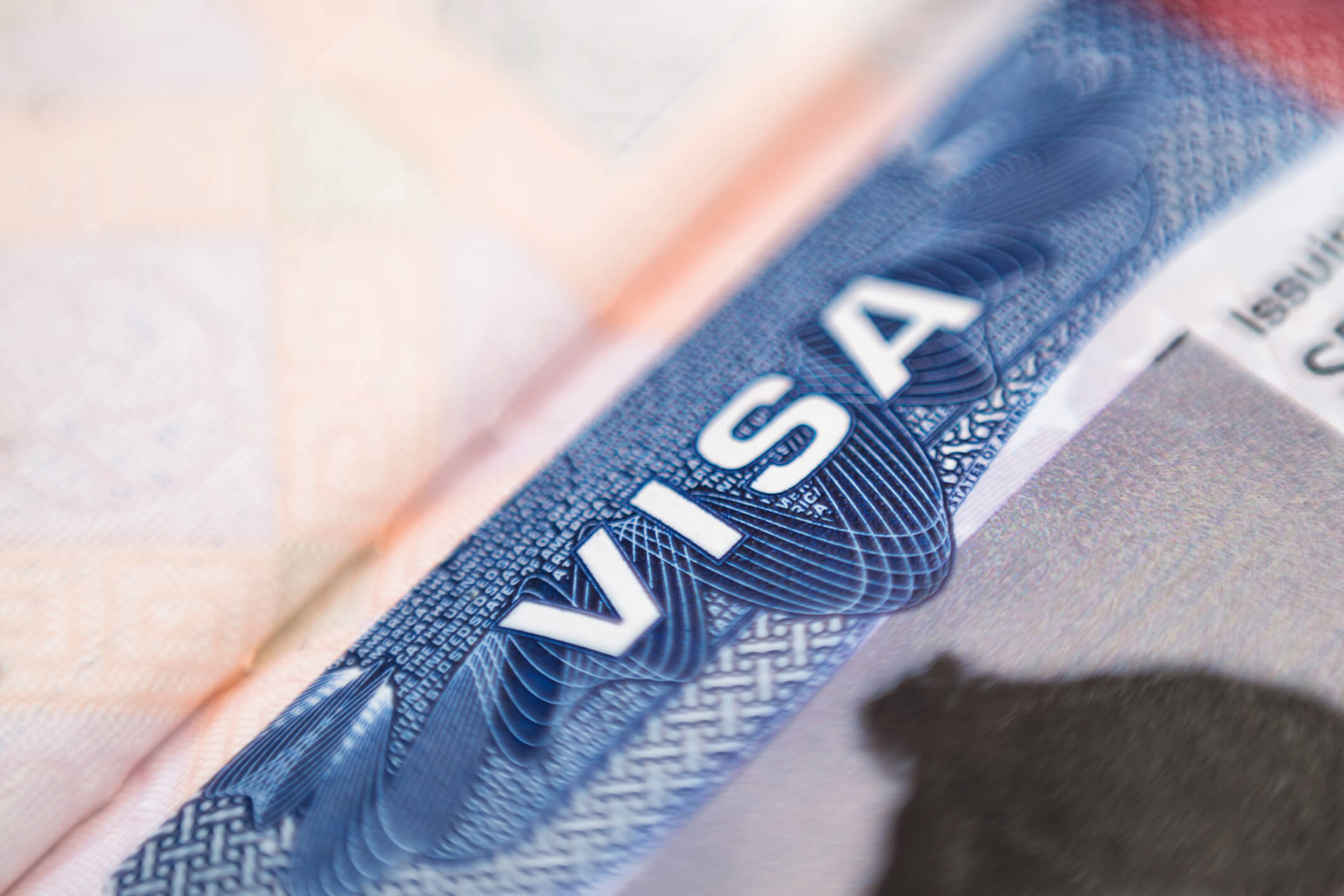The U.S. Department of State’s (DOS) Visa Bulletin sets out per country priority date cut-offs that regulate when an individual can begin the final phase of the lawful permanent residence (“green card”) process, either through adjustment of status or a consular immigrant visa application. Those with priority dates that are earlier than the date listed for that visa category and country can proceed with their applications. Since the EB-2 (Employment-Based, second preference) and EB-3 (Employment-Based, third preference) visa categories are heavily used by citizens of India and China, it can take a substantial amount of time for the dates on the Visa Bulletin for those categories to move forward.
In early June 2014, DOS provided an updated forecast of employment-based visa date movements for FY 2014. At that time, it was anticipated that there would be minimal forward movement in the EB-3 category. As projected, EB-3 China stayed fixed at October 1, 2006 in the July 2014 Visa Bulletin, and was expected to remain unchanged (or potentially retrogress) for the remainder of FY 2014 and to advance slowly during FY 2015. Contrary to these predictions, the August 2014 Visa Bulletin indicates that the priority date cut-off for EB-3 China will in fact advance, by more than two years, to November 1, 2008. Further progression in EB-3 China is a possibility in the event of declining demand and the availability of unused family-based immigrant visa numbers.
Consistent with DOS projections, the August Visa Bulletin indicates that the cut-off date for foreign nationals in the EB-2 category from India will move forward, by nearly five months, to January 22, 2009—continuing the rapid advancement that began earlier this month when the cut-off date leapt forward more than three years and nine months to September 1, 2008 from the previous date of November 15, 2004. The aggressive advancement of the India EB-2 cut-off date was due to the availability of unused visa numbers in the EB-1 (Employment-Based, first preference) and EB-2 worldwide categories that have “trickled down” to the EB-2 India quota. Continued forward movement in the EB-2 India category was initially envisioned for the remainder of the fiscal year, with DOS projecting that, by September 2014, the cut-off date could advance to an early summer 2009 date. It is, however, no longer anticipated that EB-2 India will advance further. Moreover, retrogression of the cut-off date in this category within the next several months is a possibility as a result of an expected increase in demand.
As forecasted by DOS, EB-2 China, previously at May 22, 2009, advanced by five weeks to July 1, 2009 in the July Visa Bulletin. While DOS projected that this category would continue to move forward by five weeks per month for the remainder of the fiscal year, the August Visa Bulletin indicates a forward movement of more than three months to October 8, 2009. The EB-2 Worldwide category is expected to remain current for the remainder of FY 2014.
EB-3 India, previously at October 15, 2003, advanced by two weeks to November 1, 2003 in July and will move forward another week to November 8, 2003 in August. EB-3 India is expected to continue to progress at a slow pace of one week per month through the end of FY 2014. The cut-off date in the EB-3 category for all other countries remained at April 1, 2011 in both the July and August Visa Bulletins, where it is expected to be fixed for the remainder of the fiscal year.
Impact on Employers and Foreign Nationals
As a result of the forward movement in the EB-2 India and EB-3 China categories, many additional individuals could become eligible to proceed to the final stage of the lengthy green card process. Employers and foreign nationals must keep in mind that, if there is a dramatic increase in demand in response to the advancement, EB-2 and EB-3 cut-off date retrogression is a distinct possibility in FY 2015. Consequently, the U.S. Citizenship and Immigration Services (USCIS) may be left with a very limited time period to adjudicate pending cases, and eligible EB-2 Indian and EB-3 Chinese nationals who do not have pending adjustment applications may only have a brief window to file an application if their priority dates become current during the coming months. With the advancement in the cut-off dates, it is unclear how many visa numbers will be available. Moreover, pending adjustment applications will take priority over new applications.
Adjustment applicants with pending cases may need to provide supplemental documentation (including updated employment verification letters from the petitioning employer, proof of continuous employment authorization in the United States from the date the adjustment application was filed, and updated biometrics and medical certificates) to USCIS when their priority dates become current. This will assist the agency in finalizing and adjudicating these cases.
Employers should regularly review each foreign national employee’s current nonimmigrant status and work authorization for long-term planning. In the event that visa numbers become unavailable, employers should anticipate much longer processing timeframes for employment-based green card cases. Ogletree Deakins helps clients respond to cut-off date movement by generating priority date reports and notifying clients who are eligible to begin the final phase of their lawful permanent resident application process. We will work with employees who have priority dates that may become current in the months ahead to ensure that their cases are ready to file and to keep their permanent residence process moving forward.



